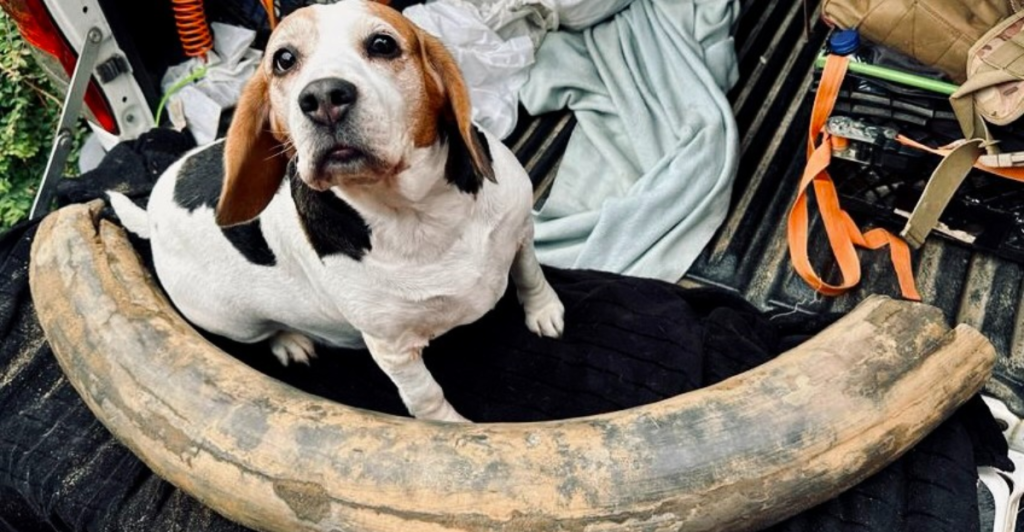
Humans aren’t the only living beings to have come across significant archaeological finds. Surprisingly, animals have accidentally been uncovered, and have been finding artifacts from previous civilizations for perhaps even longer than we have.
Animal Archaeologists
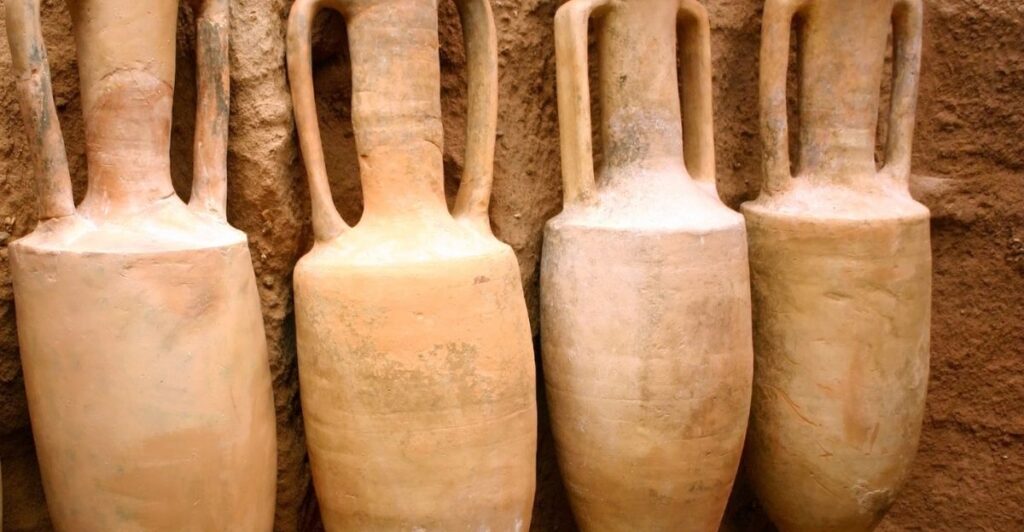
Different kinds of animals, domesticated or wild, have uncovered excavation sites either by complete accident or because they could sense there was something for them to find. Archeologists have even been using dogs to sniff out our ancient ancestors. Here are some animals that made amazing discoveries.
Cats
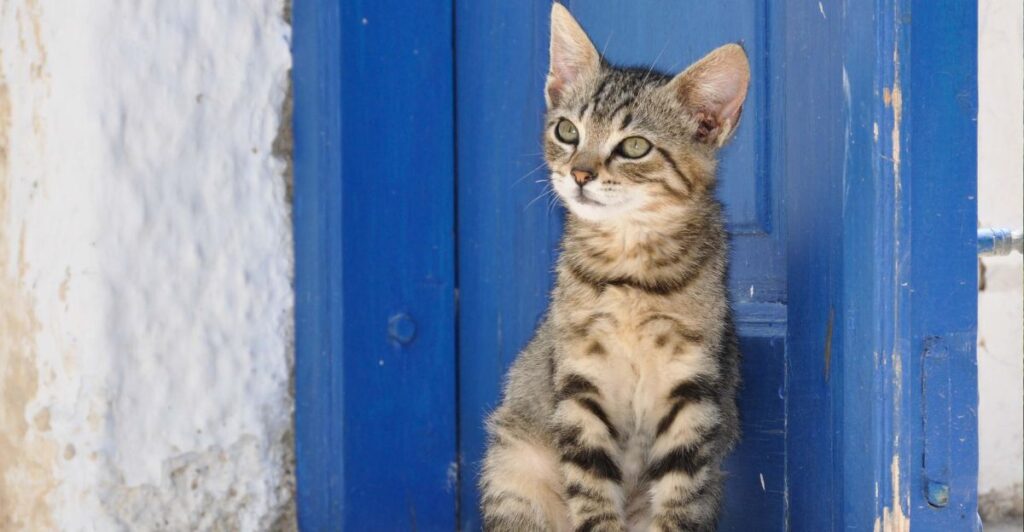
A stray cat is to thank for finding an ancient Roman burial site in Italy. They were exploring small niches cut into a cliff face, which archaeologists confirmed had evidence of cremated Roman remains. The curious cat had stumbled across what was once a catacomb.
Pigs
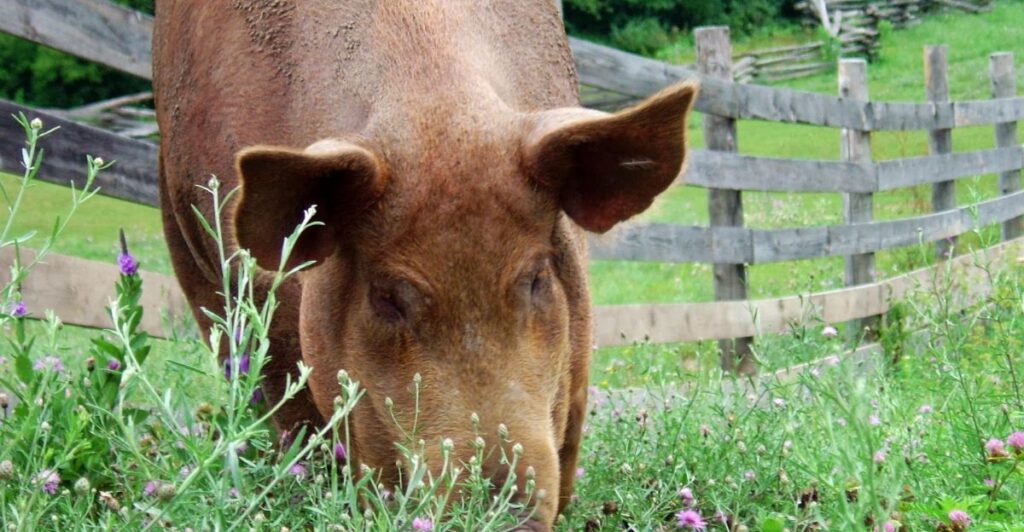
Pigs were rooting through the soil on the island of Islay in Scotland when they uncovered ancient stone tools. Archaeologists dug further than the pigs could and found tools that were up to 12,000 years old from the Mesolithic era.
Badgers
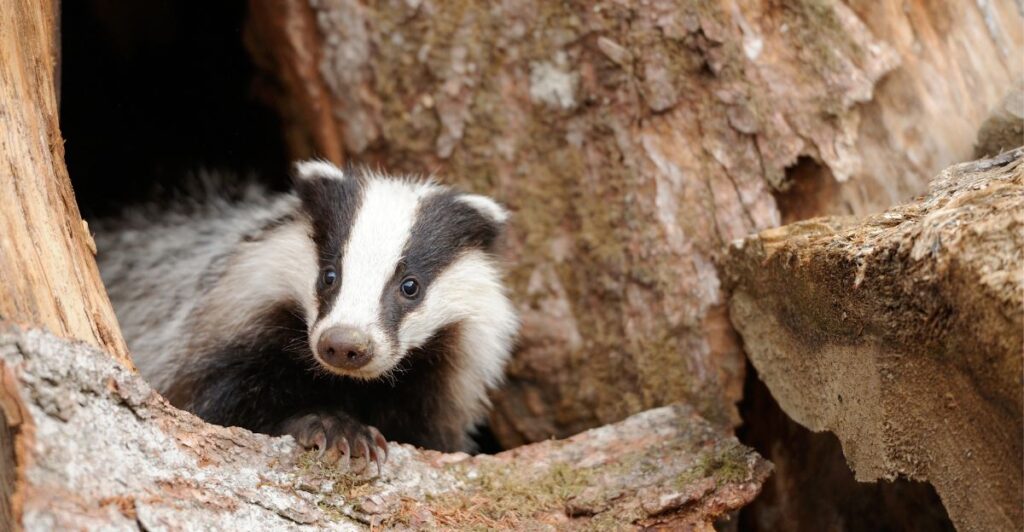
A badger in Spain was doing what they do best, digging! The animal accidentally dug to silver coins that dated back to the Roman period. After archaeologists got involved, they found 209 coins in the scattered in the cave. They could have been lost or possibly hidden and then never come back for.
Moles
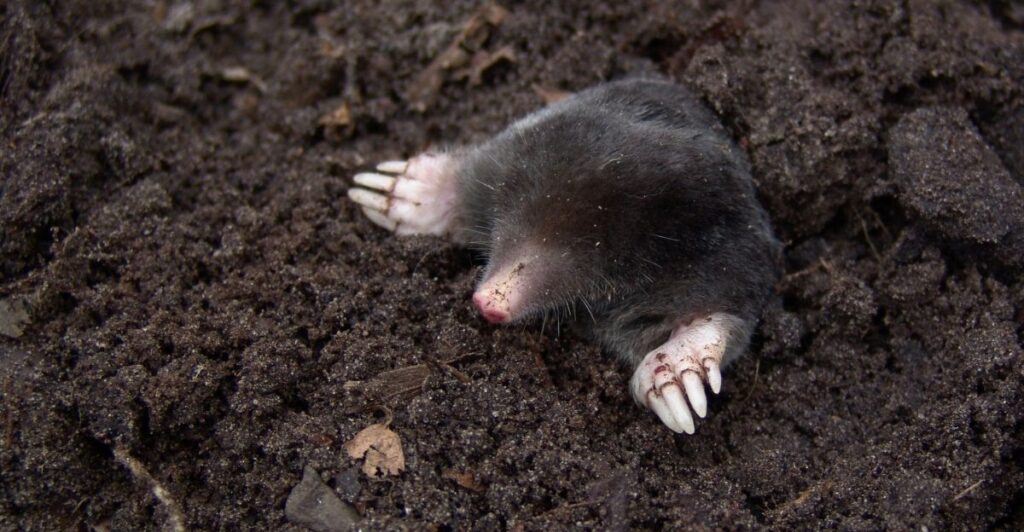
Near Hadrian’s Wall in England, moles have been surprisingly helpful in the finding of ancient artifacts. They’ve been bringing objects from underground onto the surface. These artifacts include nails, pottery pieces, and beads. This shows that the Roman occupation had a significant presence at the site.
Monty The Dog
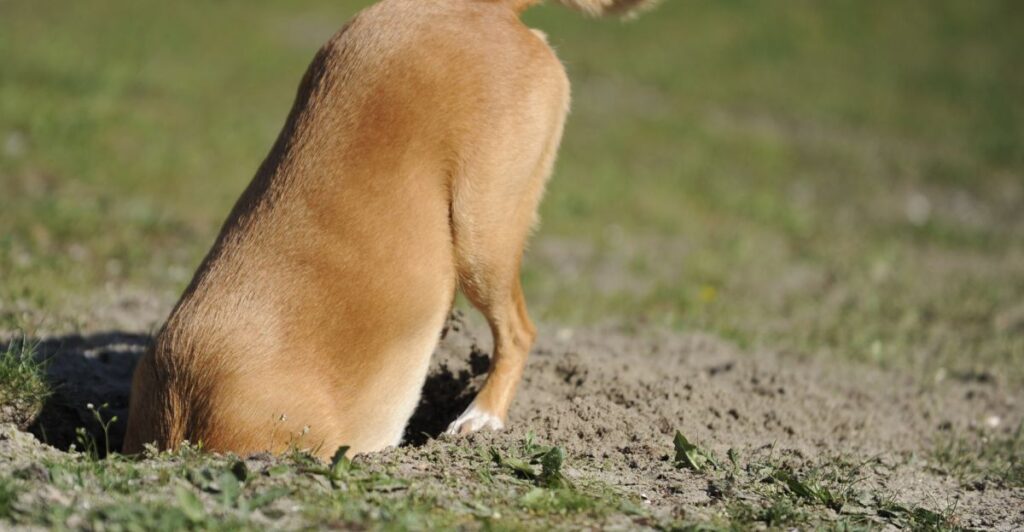
Monty the dog was digging in the presence of his owner in 2018 in the Czech Republic when he managed to find tools from the Bronze Age. Archaeologists confirmed that they were 3,000 years old and that Monty had found a significant haul.
Badgers (again)
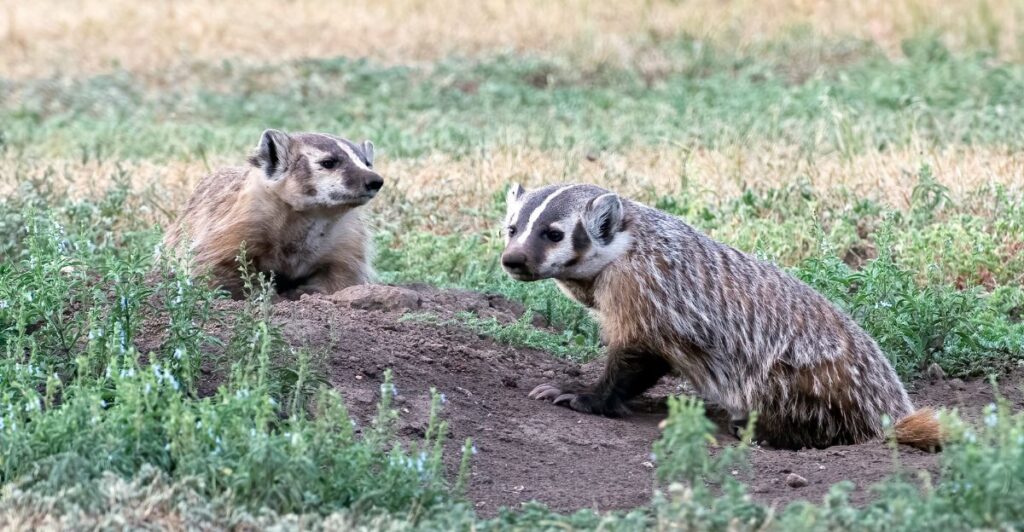
Badgers became involved in another archaeological find when they were digging in a churchyard in Wales. They ended up finding remains from 7th century monks. Archaeologists investigated further and found an important signs of early Celtic Christianity.
Squirrels
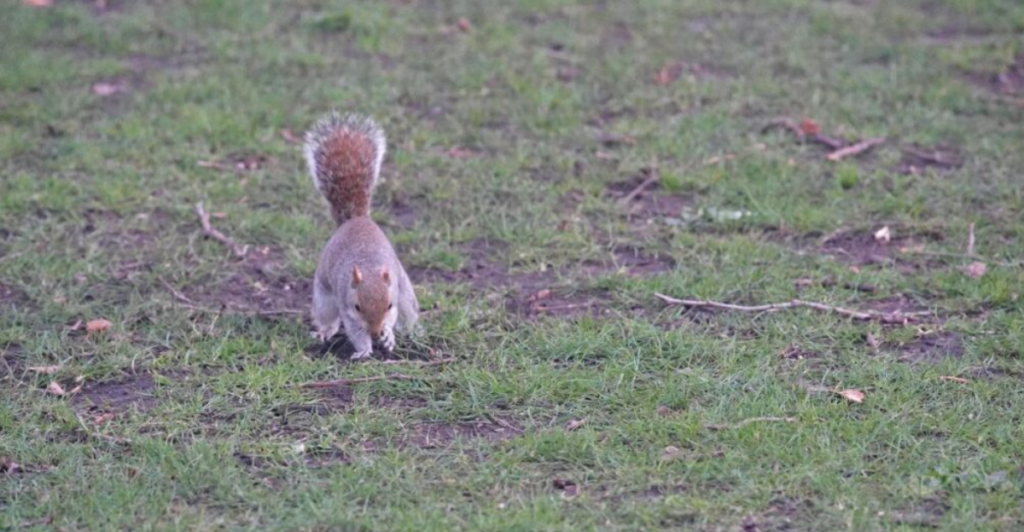
Squirrels are naturally hoarders themselves, so maybe they know where the best stuff if stored! A squirrel managed to find a large treasure trove in England after disturbing old artifacts in the process of burying its food.
Cattle
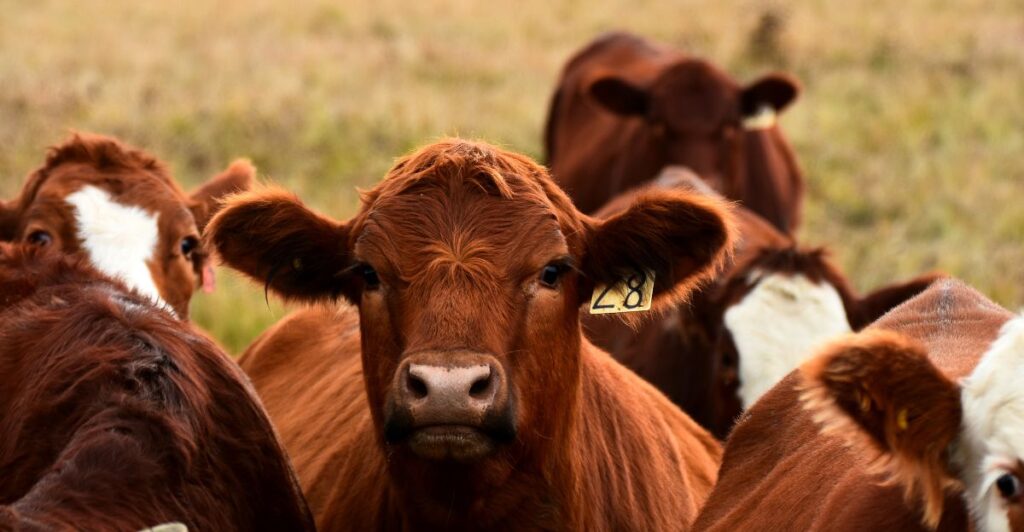
In various regions, cattle have been known to wander over ancient burial mounds and sites, inadvertently revealing artifacts beneath the surface as they graze or dig for food. Their movements can lead archaeologists to investigate areas that may have otherwise gone unnoticed, highlighting their role in unearthing history.
Horses
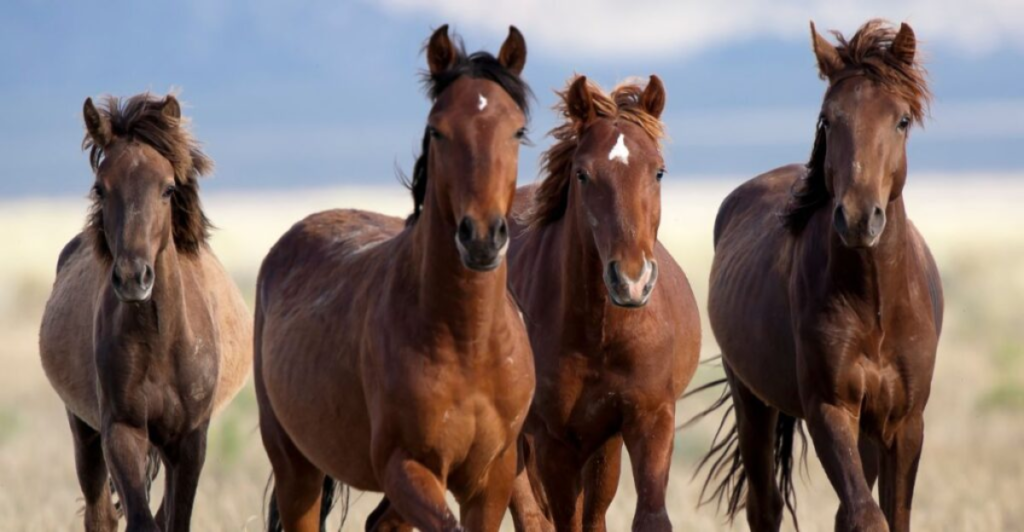
Horses grazing in fields have occasionally unearthed ancient relics as they disturb the ground while searching for grass or water sources. Their natural behavior can lead archaeologists to new sites or artifacts that provide insights into past human activities and settlements.
Rats
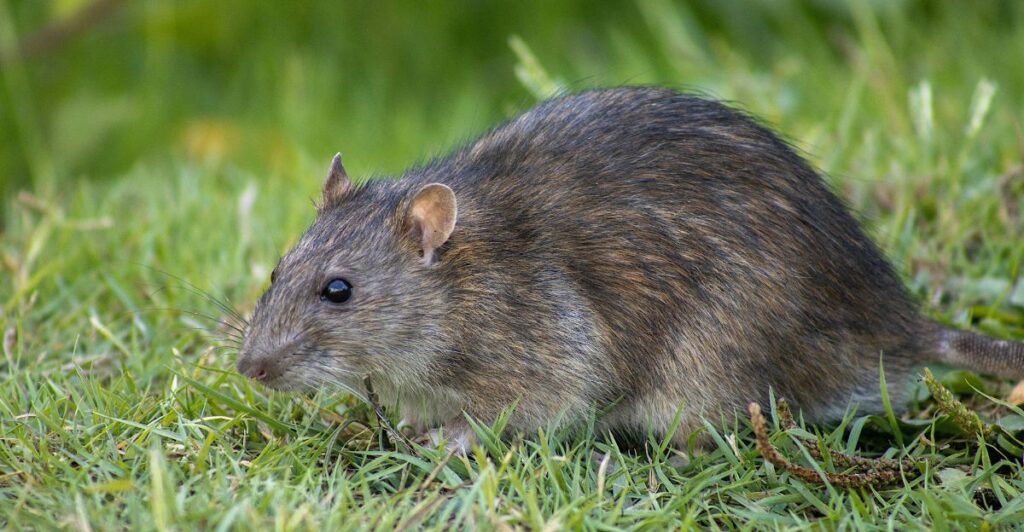
Rats are often seen as pests but have played a role in archaeology by disturbing ancient ruins as they search for food or nesting materials. Their activities can expose hidden structures or artifacts that might not be discovered through traditional excavation methods.
Birds
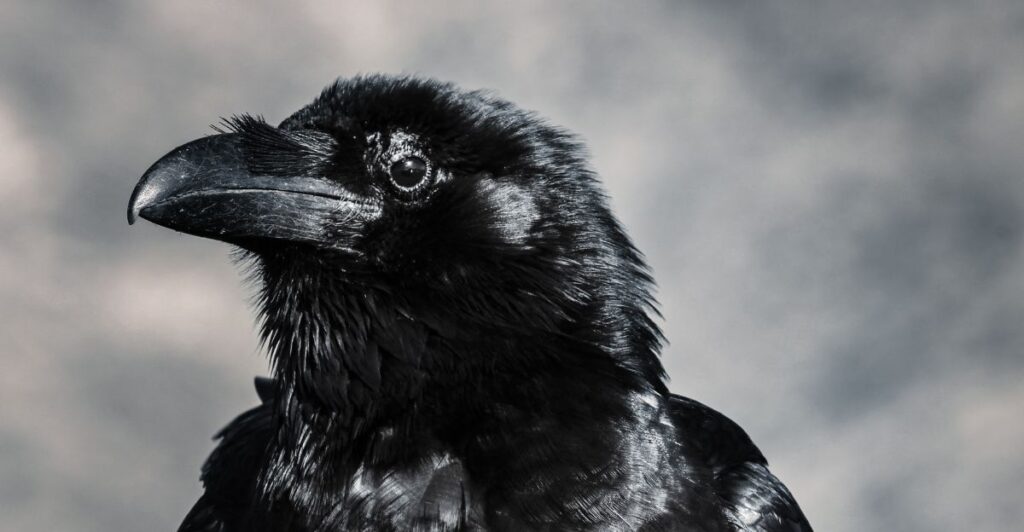
Birds like crows and ravens have been known to collect shiny objects for their nests, sometimes leading them to ancient artifacts buried underground. Their behavior has prompted archaeologists to search areas where birds frequently gather, revealing new insights into past cultures.







